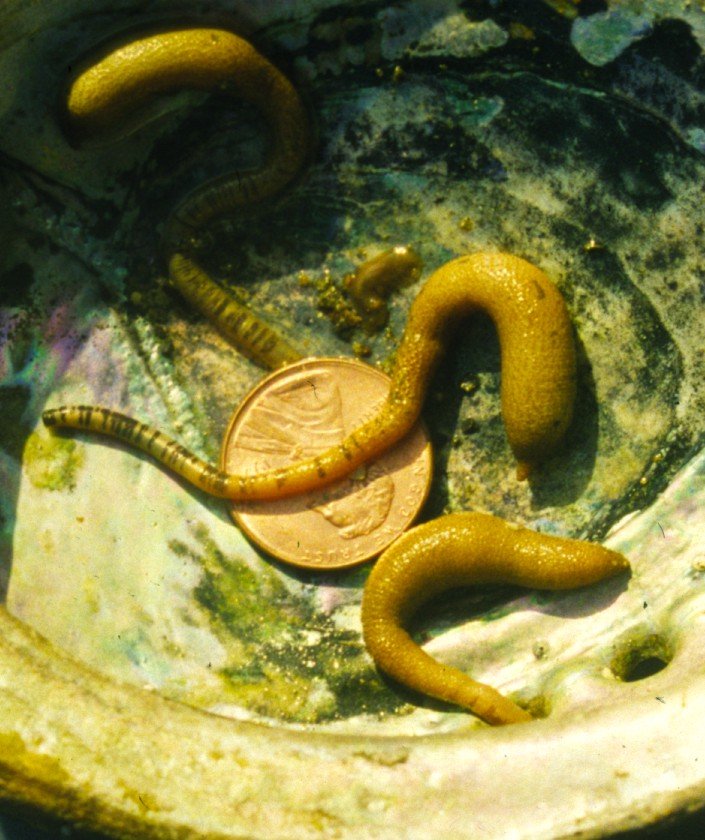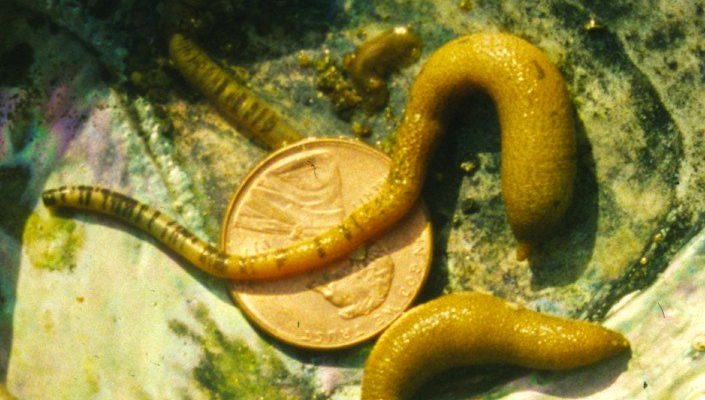
Think of peanut worms as the shy but hardworking members of the underwater community. While you might not notice them, they contribute significantly to their habitats. Understanding their role can help us appreciate the often-overlooked connections in the marine world. So, grab your coffee, and let’s unravel the complex tale of peanut worms and their environmental impact.
What Are Peanut Worms?
Peanut worms, scientifically known as *Sipunculus*, are marine invertebrates that are part of a group called “sipunculids.” They have elongated, soft bodies that can be retracted into a protective sheath, giving them a peanut-like appearance. These worms can be found in various marine environments, from shallow coastal areas to deeper ocean floors.
Here’s a fun tidbit: peanut worms are often mistaken for other types of marine life due to their unusual shape and lifestyle. They don’t have a traditional segmented body like earthworms, which makes them stand out. Instead, they have a muscular, coiled body that allows them to navigate through sediment. Imagine a tiny, soft-bodied noodle sneaking around the ocean floor—it’s pretty captivating!
One of the coolest things about peanut worms is their feeding method. They extend a proboscis, which resembles a little tube, to capture tiny particles of organic matter and plankton suspended in the water. This means they play a critical role in recycling nutrients in their environment, acting like nature’s clean-up crew.
The Positive Ecological Roles of Peanut Worms
Peanut worms contribute to the marine ecosystem in several important ways:
1. Nutrient Cycling
Peanut worms help break down organic material. They consume dead plant and animal matter and, in turn, release nutrients back into the sediment. This process enriches the soil and promotes a healthy ecosystem. Imagine them as tiny nutrient superheroes, always working behind the scenes to keep the ocean nourished.
2. Habitat Creation
When peanut worms burrow into the sea floor, they create spaces that can be used by other marine species. These burrows provide shelter for various small organisms, helping to support the biodiversity of their environment. It’s like they’re building little homes for their neighbors!
3. Food Source
Many marine animals, including fish and crustaceans, feast on peanut worms. They provide a nutritious meal that supports the food web. By being part of this food chain, peanut worms help sustain larger creatures—so they’re more than just bottom-dwellers; they’re vital to marine life’s survival.
Potential Drawbacks of Peanut Worm Populations
While peanut worms have many benefits, they can also pose some challenges:
1. Overpopulation Risks
If peanut worm populations grow too large, they can negatively impact the balance of their ecosystem. Overabundance may lead to excessive nutrient cycling, resulting in algal blooms. This can deplete oxygen levels in the water, causing problems for other marine life—no one wants that!
2. Competition with Other Species
Peanut worms aren’t the only creatures vying for food and habitat. If they become too numerous, they may outcompete other important organisms for resources. This can lead to declines in diversity, which weakens the resilience of the ecosystem.
3. Environmental Indicators
Sometimes, an increase or decrease in peanut worm populations can indicate changes in environmental conditions, such as pollution or habitat degradation. This means that while they are part of a healthy ecosystem, their numbers can also reflect underlying problems. Their presence—or absence—can tell us a lot about the health of ocean habitats.
Impact on Marine Biodiversity
Peanut worms might be small, but their presence is felt throughout the marine ecosystem. They contribute to overall biodiversity in a couple of key ways:
1. Shelter and Support
Peanut worm burrows provide shelter for various marine organisms, allowing for a more diverse community. This can be especially important in areas where space is limited. Adding these tiny homes to the ecosystem creates a ripple effect that supports not just one species but an entire web of life.
2. Biodiversity Hotspots
When the balance of peanut worm populations is maintained, they can enhance the biodiversity of marine environments. A healthy population helps support a variety of fish and invertebrates, creating a complex and thriving community. Think of it as a neighborhood where everyone pitches in to create a better living space!
Research and Conservation Efforts
Understanding peanut worms isn’t just about curiosity; it’s about conservation too. Scientists study these creatures to learn more about marine ecosystems and how they respond to changes.
1. Monitoring Populations
Researchers track peanut worm populations to gauge the health of marine environments. By keeping an eye on their numbers, scientists can spot changes that might indicate larger ecological issues. It’s like having a canary in a coal mine for ocean health.
2. Ecosystem Restoration
In areas where marine life has been disturbed, like after pollution or habitat loss, protecting peanut worm populations can be part of restoration efforts. Restoring these tiny creatures can help rejuvenate the ecosystem overall.
3. Engaging Communities
Educational programs help raise awareness of the importance of peanut worms and their roles in marine ecosystems. Engaging local communities can lead to better protection and monitoring of marine environments, ensuring these small but mighty worms continue their essential work.
Peanut worms are like the unsung heroes of the ocean floor. They’ve got their quirks, yes, but they also have important jobs that support marine ecosystems. From nutrient cycling to providing homes for other creatures, they weave a complex web of ecological benefits.
However, it’s crucial to be mindful of the potential drawbacks, especially if their populations grow too large or small. Protecting these unique marine invertebrates helps maintain the delicate balance of ocean life. Next time you think about worms, remember the peanut worm; it might just change your perspective on what it means to be small but mighty in the vast world of marine ecosystems.

